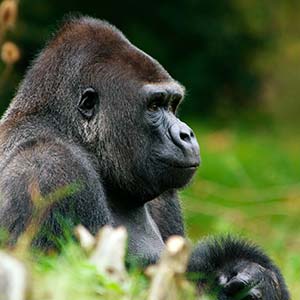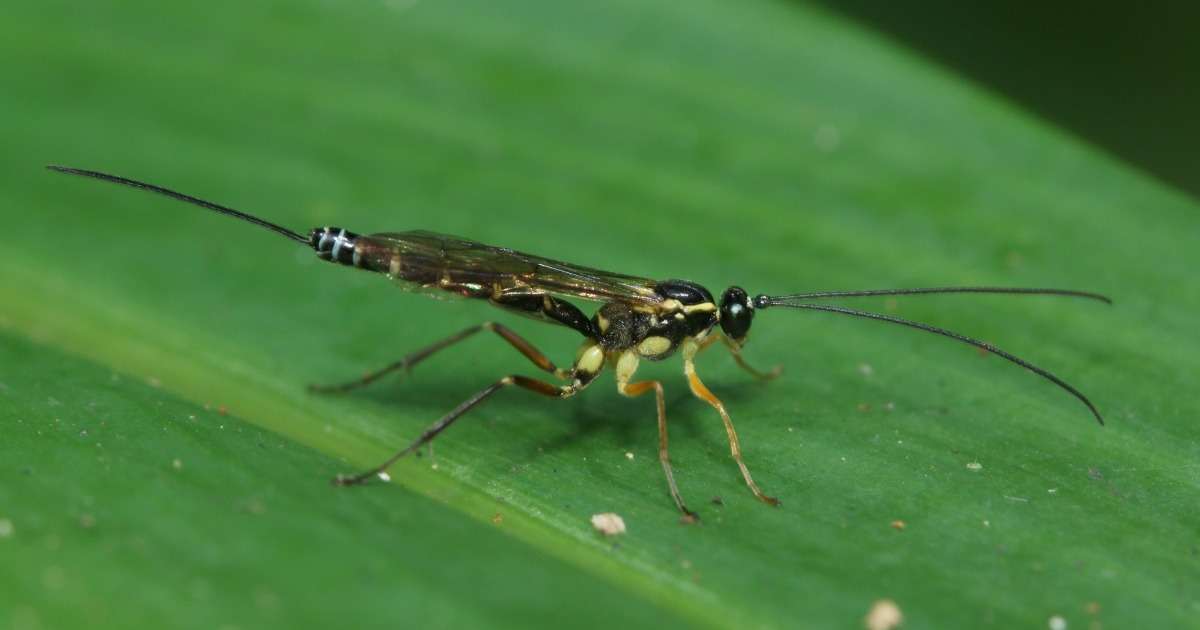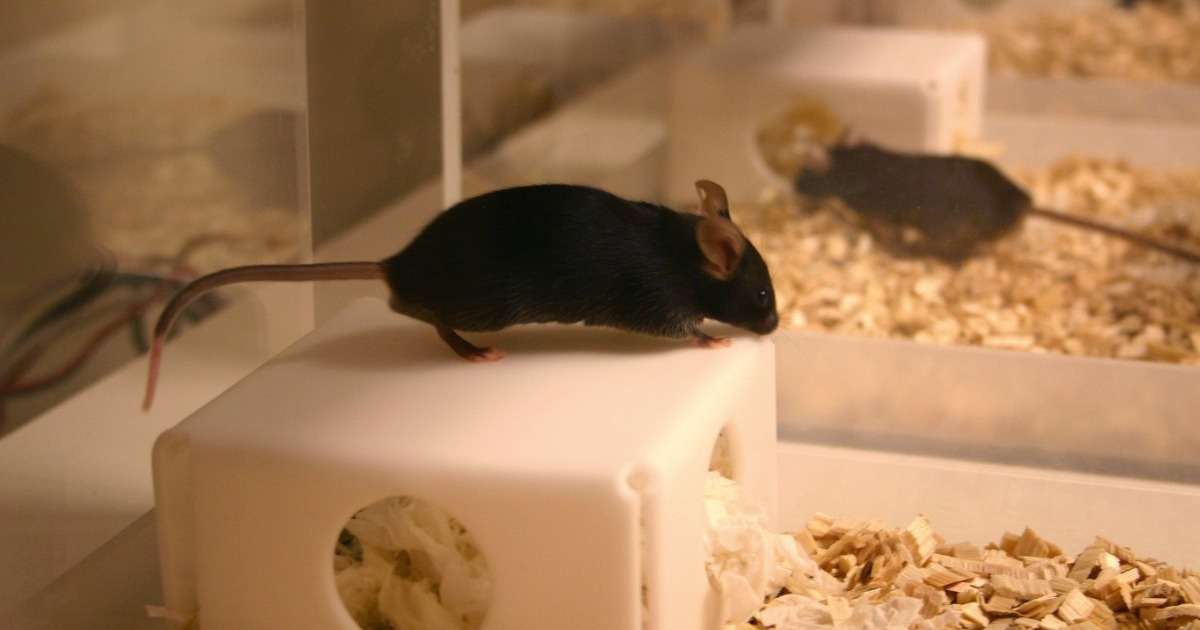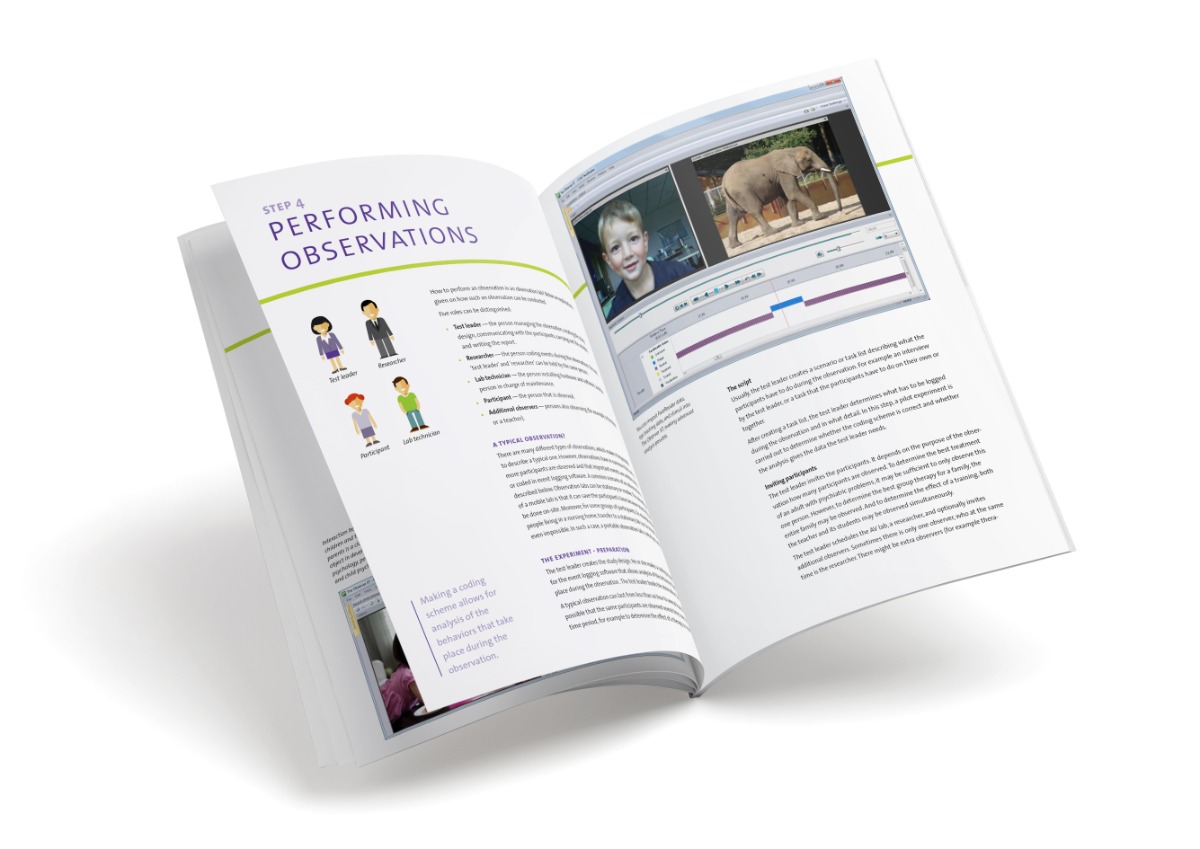
Beautiful birds and UV – What we cannot see
Beautiful birds
Don’t we all enjoy the variety and intensity of bird colors? Male birds have perhaps the most impressive color display in nature. Those with bright colors are generally healthier and have access to good food which contains pigments. Therefore, in general, female birds prefer males with the most conspicuous colors.
The importance of UV
Unlike humans, birds are able to see light in the ultraviolet color range. Some bird species have structures in their feathers that reflect UV light. A well-known example of structural coloration is peacock feathers which are pigmented brown, but appear blue, turquoise and green because of reflection by a microscopically structured surface [1]. Most research on the role of colors in the UV range on mating preference is done with species with such structural coloration. But pigments themselves can also contain components that are visible in the UV range and these may affect mating preference. Investigating this will increase our knowledge on sexual selection in bird species.
Analyzing bird videos
Leitão et al. [2] investigated whether pigments in the UV range play a role in preference of the European serin females (Serinus serinus) for their males. European serin males have a very conspicuous carotenoid-based yellow color. The authors divided wild captured birds into a high-pigment and low-pigment group. They used a three-compartment setup in which a high-pigment and a low-pigment male were kept in the two smaller compartments and a female was kept in the larger compartment that was separated from the males by a glass window. They made videos of the experiments and analyzed the time the females spent near both males with the video analysis software The Observer.

UV and sexual preference
The authors showed with The Observer software that the females spent significantly more time near the high-pigment males than near the low-pigment males. However, this preference disappeared when the glass in front of the high-pigment males contained a UV filter. The preference was also absent when the plumage of the high-pigmented males was treated with a UV blocking chemical. This shows that the UV component in the male’s plumage is important for female preference.
What we cannot see
The authors conclude that the yellow pigment of European serin males plays a role in sexual selection. The UV component in this pigment is essential for the preference of the female birds. Hence, we should realize when observing birds that things are not always what they appear to be at first sight. Bird behavior can be affected by factors that we, as humans, are not able to see.
References
- http://en.wikipedia.org/wiki/Structural_coloration
- Leitão, A. V., Monteiro, A. H., & Mota, P. G. (2013). Ultraviolet reflectance influences female preference for colourful males in the European serin. Behavioral Ecology and Sociobiology, 1-10.
- Photo courtesy - Ana Leitão
Get the latest blog posts delivered to your inbox - every 15th of the month
more

Behavioral tests to select police horses
The personality of police horses influences how well they do in their ‘job’. That’s why personality tests are important for both animal and human welfare and safety.
High-throughput screening of beneficial insects
Jessica de Bruijn used EntoLab for automated high-throughput screening of parasitic wasps in individual olfactory 2-choice tests. Various behavioral parameters were measured to compute a memory retention index.

